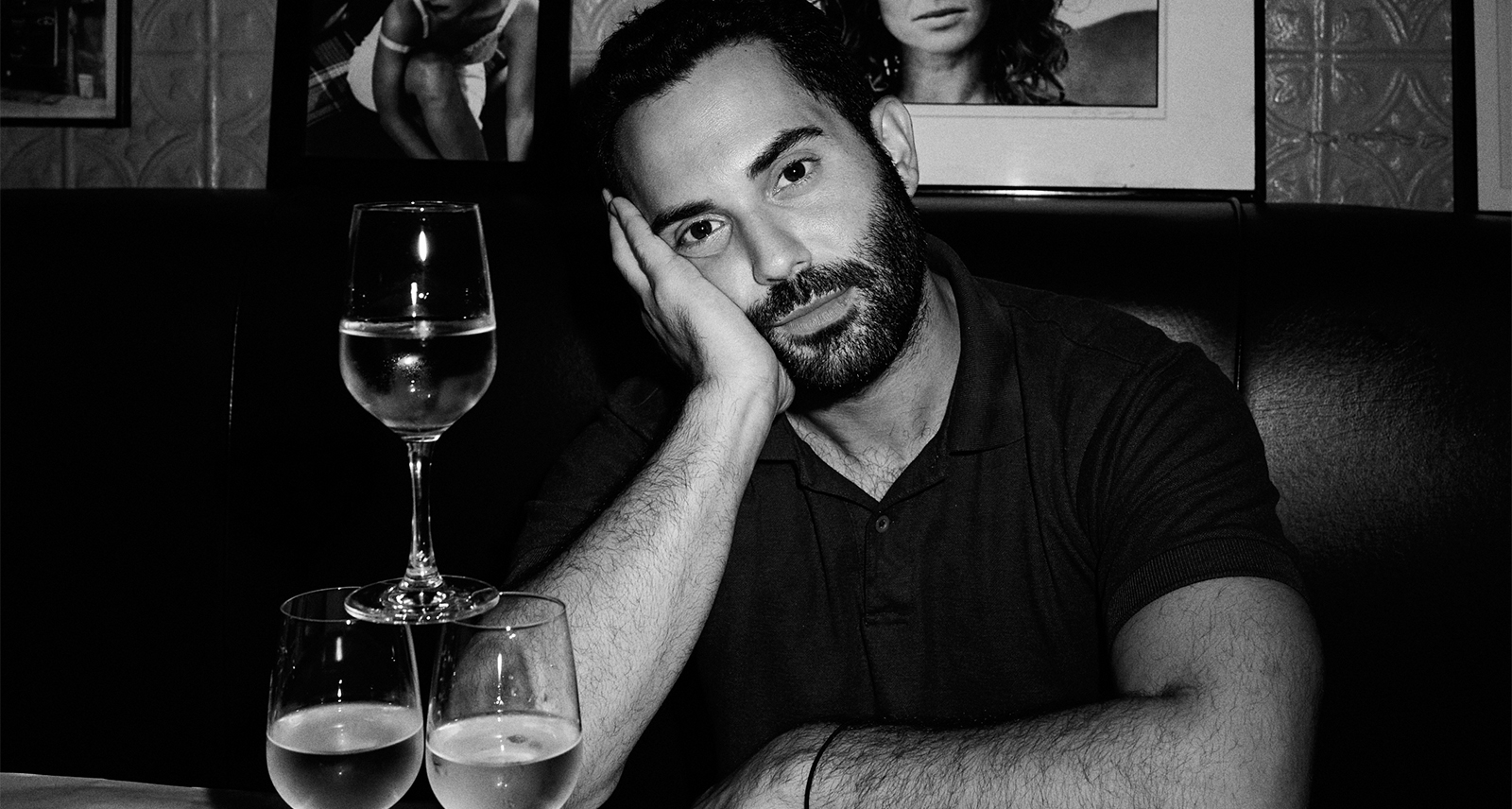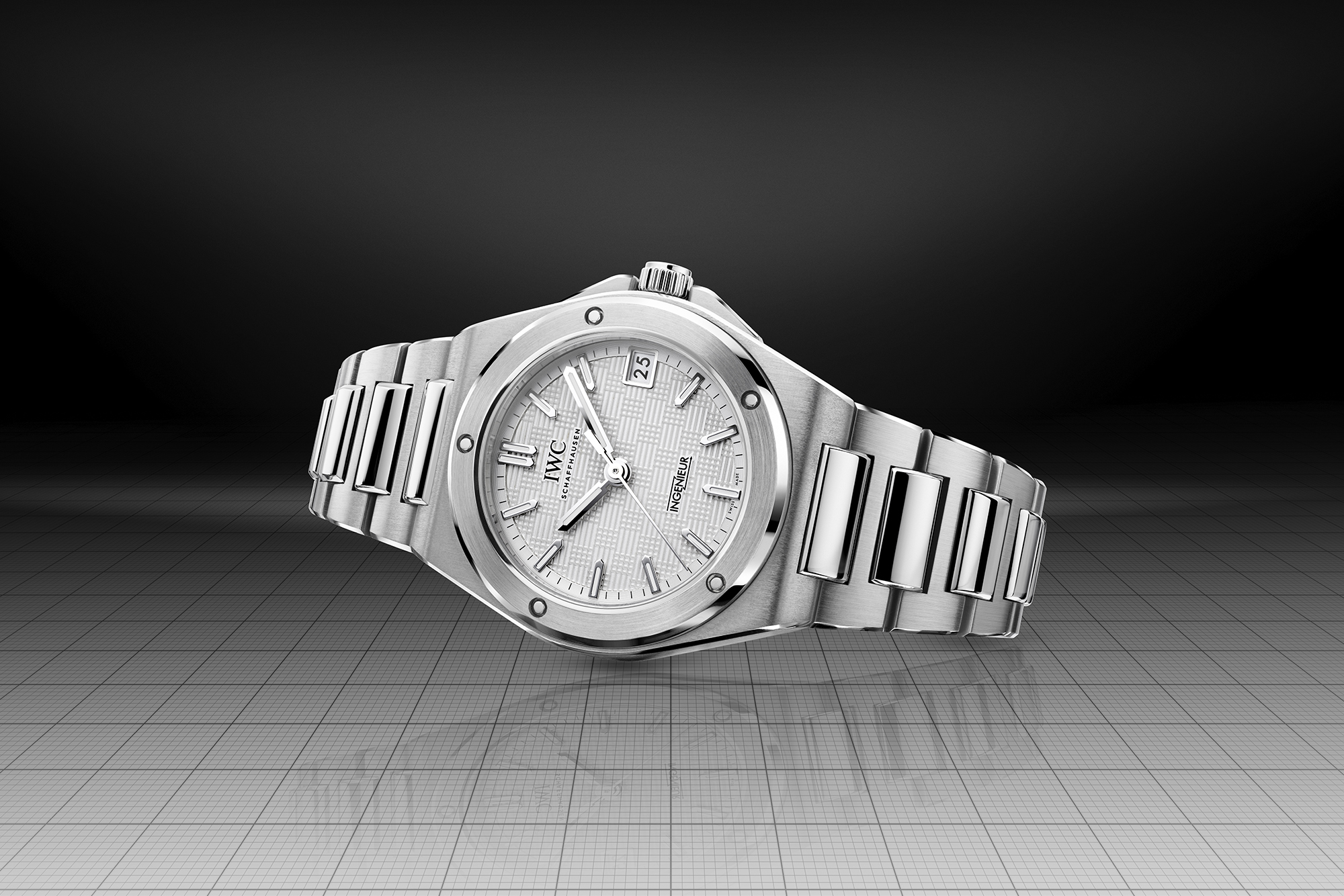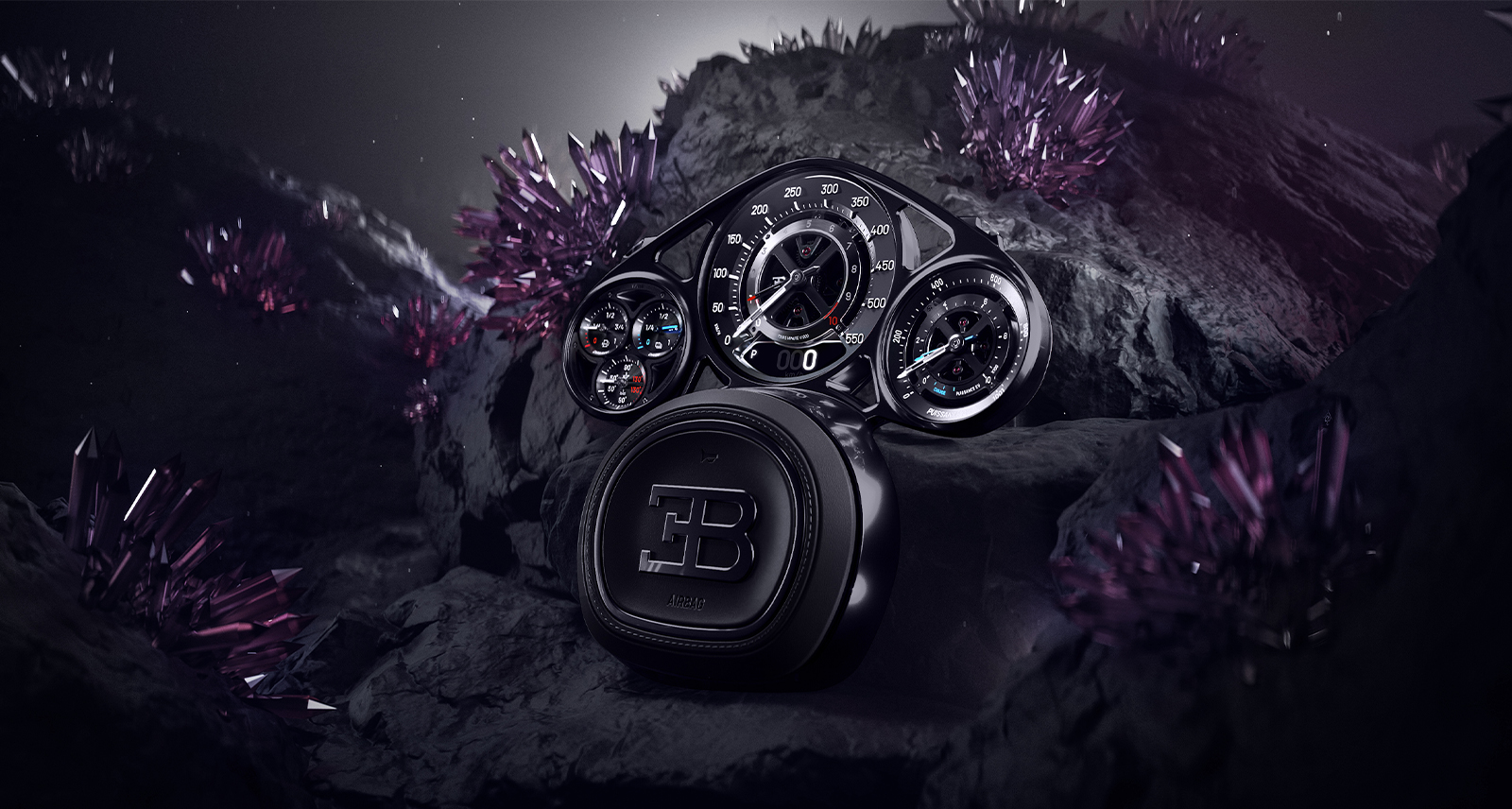Chef Andy Baraghani on Identity, Imposter Syndrome, and Why You Should Always Be Curious in the Kitchen
For Andy Baraghani, food has always been an obsession. As a young child, he adored his Fisher-Price kitchen. By 16, he was making elaborate meals for his family. That same year, buoyed by the bravery of youth, he walked into Alice Waters’s culinary temple, Chez Panisse, and talked his way into a kitchen job.
At university in New York, Baraghani gravitated toward food media, mixing gigs in Michelin-starred kitchens with recipe prep in magazine test kitchens. Eventually, Baraghani landed at Bon Appétit as senior food editor. It was a role that sent his anxiety to such peaks that he considered quitting after the first year. But inquisitiveness and perseverance triumphed, and during his six years at Bon Appétit, he created the viral video series “Andy Explores” and developed hundreds of recipes.
Raised by Iranian immigrant parents, Baraghani was not always comfortable with his ethnicity and initially avoided bringing the foods of his homelife into his profession. But, gradually, he realized that it was precisely through food that he could find greater self-acceptance — both as an Iranian–American and as a gay man. Baraghani’s debut cookbook, The Cook You Want to Be: Everyday Recipes to Impress, showcases this enduring love of cooking.
SHARP recently caught up with Baraghani to discuss cooking, curiosity, and how to make the ultimate chickpea cacio e pepe.
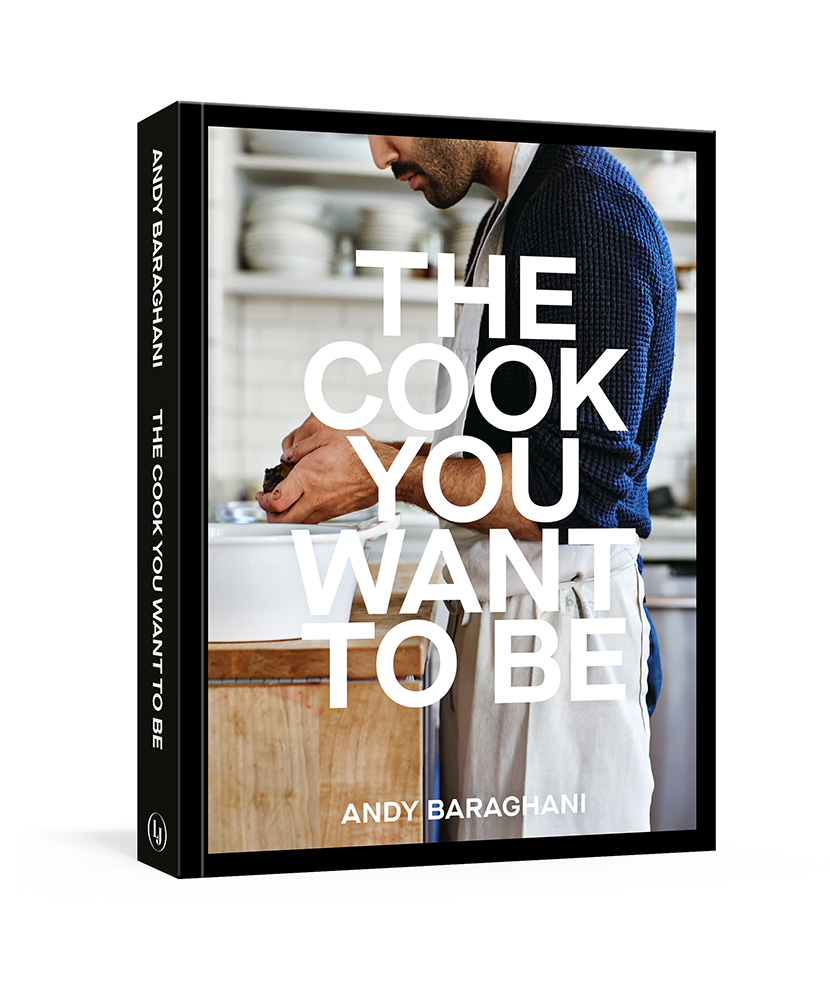
The North American celebrity food world is a lot more diverse now than it was several decades ago. Did you have cooking heroes growing up?
I did. I grew up in a family where we didn’t really eat out. I’m first-generation American, so besides certain figures in my family — my grandmother, my mother — a lot of my cooking heroes were chefs on PBS. As I got older, I had a deeper understanding of restaurant culture, and there were chefs that were specific figures — obviously Alice Waters.
But I would say, probably more now than ever, there are so many people that I look to. Hero is such a weighted term, [but] I have so many heroes in the food world now. They aren’t just in restaurants, they’re food writers; they’re former line cooks who have started their own organizations. [It’s] kind of evolved.
Where does the story of this cookbook begin for you? Was the idea of a cookbook already percolating when you were a teenager?
I think I knew food would be a part of my life, but it wasn’t until I was in my mid-twenties and had worked in restaurants and had started working in food media where I was like, “Oh, I want to write a cookbook one day.” But I never thought I would actually do it. I was drowning in imposter syndrome. And it wasn’t until I wrote an essay — maybe four years ago — about identity and the role of food, where I got attention from literary agents and publishers to write a book.
There are four traits that make up me as a cook that I talk about, and the lessons that I’ve gathered from them are in the book. One is my upbringing as a first-generation Iranian–American, and how it played a role in really instilling that initial love for food and cooking. Then, [there is] working in restaurants in California, New York, and Paris, and picking up the techniques and that professional experience, rather than going to culinary school. The third trait is travelling; since I was 18, I’ve been taking solo trips by myself — never fancy, just putting myself in different places and nurturing that curiosity that I have, a lot of it having to do with food. And the fourth is my time in food media, working in test kitchens, taking the food and cooking I love and being able to transcribe it and share it with readers.
In many ways, this cookbook feels like we, the reader, are in conversation with you. Why take that approach?
I wanted to highlight that good struggle we go through during the creative process. If you don’t succeed, it’s okay. You’re learning — you will do it again, and you’ll do it just a little bit better next time. Being gentle is definitely something that I’ve learned through the pandemic — and through life as a cook — and I wanted to be very transparent about it in my book. I wanted to be encouraging, because I have a very clear sense of what my food is, and I know people are looking to me to find good recipes, but I also want them to become better cooks. And I think staying curious is important. One of my greatest fears is to become stagnant in anything. I always want to go deeper. So, I want people to be curious cooks. I want them to be curious human beings.
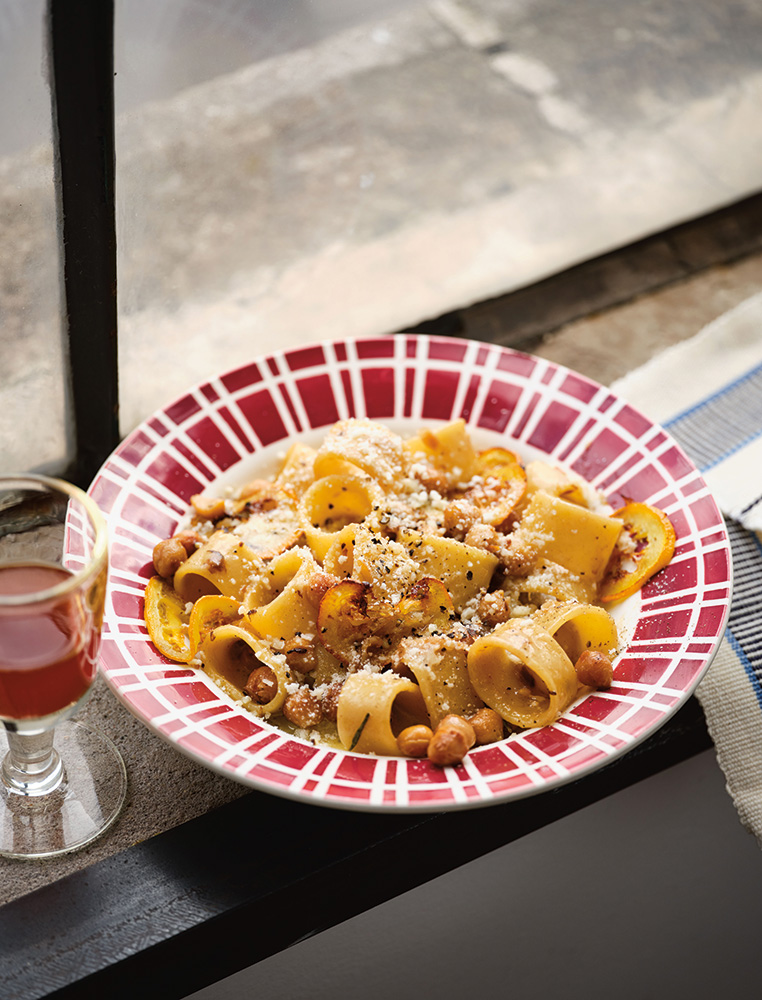
Chickpea Cacio e Pepe with Caramelized Lemon
“There are many recipes for pasta e ceci (a.k.a. pasta with chickpeas). The majority that I’ve encountered are brothy, almost souplike. This recipe emphasizes both the chickpeas and the pasta but is equally comforting and a lot creamier than the usual versions. Much of the magic of this dish lies in crushing the chickpeas so they release their starches and transform the pasta water into a creamy sauce. Some of the chickpeas retain their shape, whereas others turn into delicious mush, and the caramelized lemon lends some chewy tang and brings the pasta back to life post-boiling. It’s incredibly satisfying. If I still need to convince you to make this, know that it was the first meal that I made for my boyfriend, and he has been attached to me ever since.”
INGREDIENTS
Kosher Salt
1⁄4 Cup Extra-Virgin Olive Oil
1 Small Meyer or Regular Lemon, thinly sliced, seeds picked out
1 (15 oz/425 ml) Can Chickpeas, drained and rinsed
1 Large Shallot, finely chopped
1 Rosemary Sprig or 4 Thyme Sprigs
Freshly Ground Pepper
1 Pound Tubular Pasta (such as Calamarata, Paccheri, or Rigatoni)
1⁄4 Cup Unsalted Butter, cut into small pieces
1⁄2 Cup Finely Grated Parmesan Cheese, plus more for serving
DIRECTIONS
1. Bring a large pot of water to a boil, then throw in a handful of salt (about 1⁄4 cup).
2. While the water is doing its thing, set a separate large pot or Dutch oven over medium heat and pour in the olive oil. Add the lemon and cook, using tongs to flip the slices until they begin to lightly brown and shrivel up, 6 to 8 minutes. Using the tongs, transfer the caramelized lemon slices to a bowl, leaving the oil in the pot.
3. Dump the chickpeas into the oil and let them get a little crisp and golden, stirring occasionally, 5 to 7 minutes. Add the shallot and crush the rosemary to release its oil and drop it into the pot. Season with salt and lots and lots of pepper and give everything a stir. Cook until the shallot begins to soften, 3 to 5 minutes.
4. Meanwhile, add the pasta to the boiling water and cook until almost al dente, about 2 minutes less than the package suggests (it’ll finish cooking in the sauce).
5. Just before the pasta is al dente, scoop out 2 cups pasta water. Add 1 1⁄2 cups pasta water to the pot with the chickpeas and bring to a simmer, still over medium heat. (This may seem like a lot of liquid, but it will thicken once the remaining ingredients are added.) One piece at a time, stir in the butter until the pasta water and butter have become one.
6. Using a slotted spoon, transfer the pasta to the sauce. Cook, stirring often and sprinkling in the Parmesan a little at a time. (Don’t add the cheese all at once, as that can make the sauce split and turn grainy.) Keep stirring until the cheese is melted and the sauce is creamy and clings to the pasta, about 3 minutes. If the sauce looks too thick, add more pasta water, 1 to 2 tablespoons at a time, to thin (but know that saucier is ideal because it will thicken as it cools). Turn off the heat and fold in the caramelized lemon. Sprinkle with an almost ridiculous amount of pepper and more Parmesan before serving.
Reprinted from The Cook You Want To Be.
Published in Canada by Penguin Random House, The Cook You Want To Be: Everyday Recipes to Impress is available May 24.
